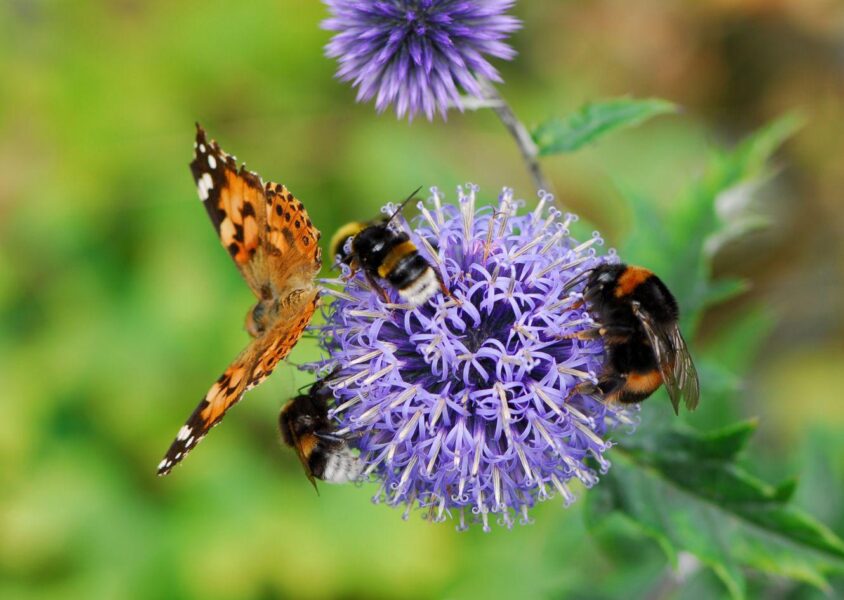Pollination: Is It A Challenge for Indoor Plants

Pollination is the process by which pollen is transferred from the male reproductive organs (stamen) of a flower to the female reproductive organs (pistil) of the same flower or of another flower on the same plant or on a different plant of the same species. Pollination is necessary for the fertilization of the ovules in the pistil and the production of seeds.
Pollination is an important process in the life cycle of plants and plays a vital role in the reproductive success of many plant species. It is also essential for the production of many crops, including fruits, vegetables, nuts, and grains, which are a key source of food for humans and animals.
In addition to its role in plant reproduction, pollination is also important for maintaining the diversity of plant species and supporting the overall health of ecosystems. Pollinators, such as bees, butterflies, and hummingbirds, play a crucial role in pollination and are an important component of many ecosystems.
Self-pollination is the process by which plants transfer pollen from the male reproductive organs (stamen) to the female reproductive organs (pistil) of the same flower or of another flower on the same plant. This can occur naturally through the action of wind, insects, or other natural processes, or it can be facilitated by humans through hand pollination.
Self-pollination is a common method of reproduction in many plants, including annuals, perennials, and some trees and shrubs. It can be a reliable method of reproducing plants, as it ensures that the pollen will reach the pistil and fertilize the ovules, leading to the production of seeds.
Self-pollination can be especially useful for plants that are isolated or have difficulty attracting pollinators, as it allows them to reproduce without relying on external factors. It can also be useful for plant breeders and horticulturists, as it allows them to control the pollination process and produce plants with specific characteristics.
There are several ways to increase pollination for indoor plants:
Provide suitable conditions for pollinators: Pollinators such as bees and butterflies are attracted to certain conditions, including access to water, sunlight, and nectar-rich flowers. By providing these conditions in your indoor garden, you can increase the likelihood of pollinators visiting your plants.
Use a humidifier: Increasing the humidity in your indoor space can help to increase the number of pollinators that visit your plants. Pollinators are more active in humid environments, and increasing the humidity can help to make your indoor garden more attractive to them.
Hand-pollinate: If your indoor plants are not receiving enough pollination, you can try hand-pollinating them by transferring pollen from the male reproductive organs (stamen) to the female reproductive organs (pistil) of the flower. This can be done using a small paintbrush or cotton swab.
Use a fan: Placing a fan near your indoor plants can help to increase pollination by simulating the movement of wind, which can help to shake loose pollen and transfer it to the pistils of the flowers.
Choose plants that are attractive to pollinators: Some plants are more attractive to pollinators than others. By choosing plants that are known to be attractive to pollinators, you can increase the chances of pollination in your indoor garden.
Having a second plant of the same species can increase the chances of pollination and improve fruit production in some cases. Cross-pollination, which is the transfer of pollen from one plant to another of the same species, can improve the genetic diversity of the offspring and lead to stronger, more vigorous plants. In some cases, cross-pollination can also result in increased fruit production, as the flowers are more likely to be fertilized and produce fruit.
However, it’s important to note that not all plants are self-incompatible, which means that they are capable of self-pollination and do not require cross-pollination to produce fruit. In these cases, having a second plant may not necessarily improve pollination or fruit production.